
Patients are discharged from a makeshift hospital after recovering from COVID-19 infections in Shanghai's Putuo district on April 9, 2022. (Photo by Yin LiQun/China News Service)
Shanghai communities ordered not to restrict the return of those recovered
As of Saturday, people representing more than 11,000 COVID-19 cases, asymptomatic infections and close contacts in Shanghai have been discharged from hospitals and released from medical observation since the onset of the outbreak that started last month, the city government said on Sunday.
"Residential neighborhood committees must ensure that these recovered patients get home without disruptions from neighbors and make sure they follow seven-day self-health monitoring at home," Wu Qianyu, an official from the Shanghai Health Commission, said at a news briefing.
No cases in Shanghai have shown that recovered patients can still transmit the novel coronavirus, said Wu Jinglei, director of the commission.
He also said that research and clinical practices have shown that after recovering from a COVID-19 infection, individuals will have immune cells in their bodies producing antibodies that work against the virus.
Patients are allowed to be released from medical observation if the values of the cycle threshold-which indicates if a coronavirus-infected person is contagious-of the N and ORF1ab genes are both 35 and above, or if they have tested negative in two consecutive nucleic acid tests at least 24 hours apart, according to the country's latest guidelines.
It also requested that recovered individuals refrain from going out, stay in a well-ventilated room separated from their family members and avoid close contact with them.
On Saturday, 16 recovered patients were released from a fangcang, or makeshift hospital, with more than 2,200 beds in the Shanghai Convention and Exhibition Center of International Sourcing in Putuo district.
Yin Peihao, operations chief of the fangcang, said transportation for the recovered patients is being provided while adhering to strict closed-loop management protocols.
He said that in addition to the western and traditional Chinese medical treatment used in the fangcang, patients' own immunity is fairly important. They need to sleep and eat well and maintain a good mood, he added.
The first group of recovered COVID-19 infections was discharged from large-scale makeshift hospitals on April 3. More than 200 patients were released from a 7,000-bed fangcang built within the Shanghai World Expo Exhibition and Convention Center that day.
Experts said that most mild cases and asymptomatic infections can recover within seven to 10 days.
More than 100 makeshift hospitals to accommodate mild cases and asymptomatic infections have been constructed, with a total of more than 160,000 beds.
The city recorded 24,943 local COVID-19 infections, including 1,006 confirmed cases, on Saturday, a record daily high.
In addition, the daily number of newly reported infections in the city has surpassed 20,000 for three consecutive days.
Shanghai on Sunday entered the 10th day of a citywide lockdown to contain its worst COVID-19 outbreak. Regions east of the Huangpu River have been locked down since March 28.
On Saturday, Shanghai initiated its latest round of citywide nucleic acid testing, which was scheduled to be completed on Sunday. Based on the test results, the city will manage different areas according to their risk levels.
"We should rule out the slightest drop-off in our work at the moment. We must continue to control personnel flow, stop the spread of the epidemic and achieve zero new cases as soon as possible," Wu Qianyu said.








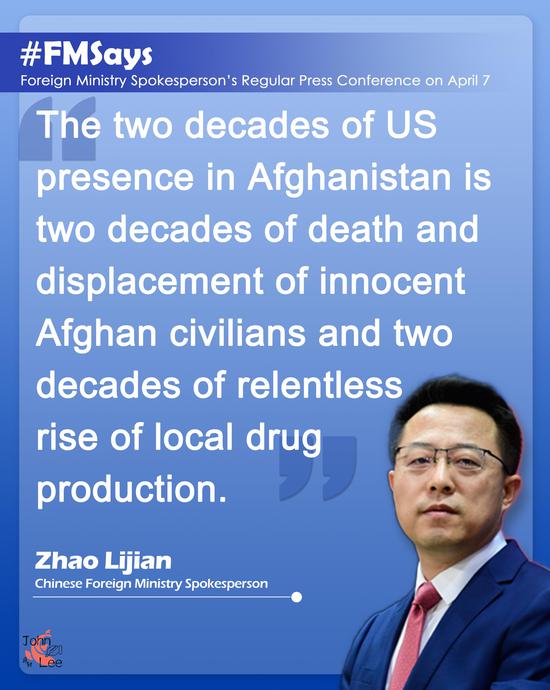
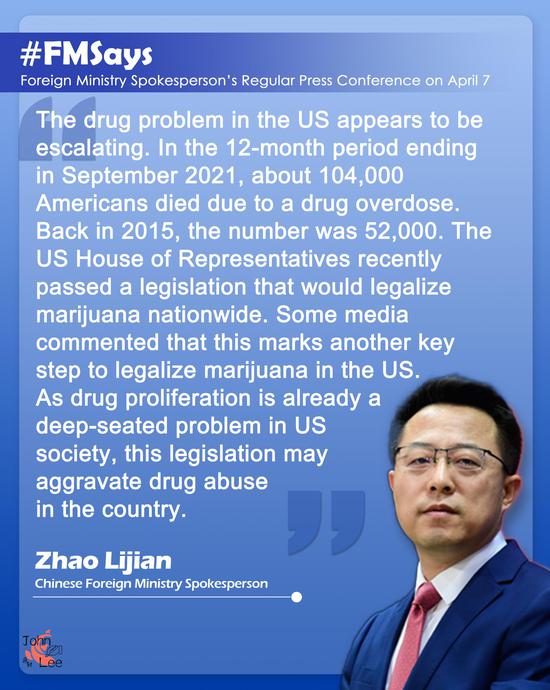

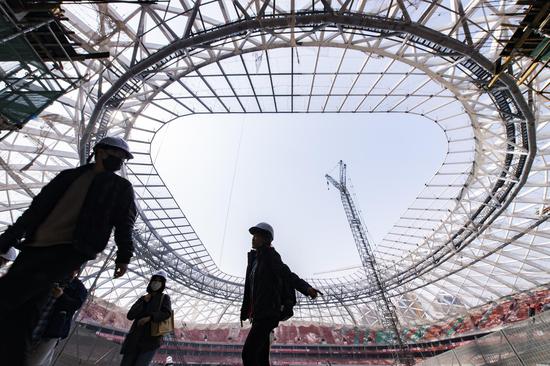

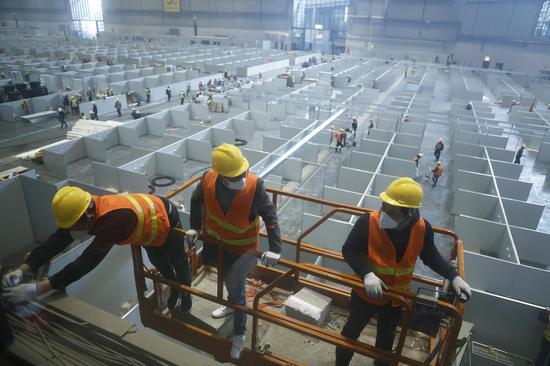

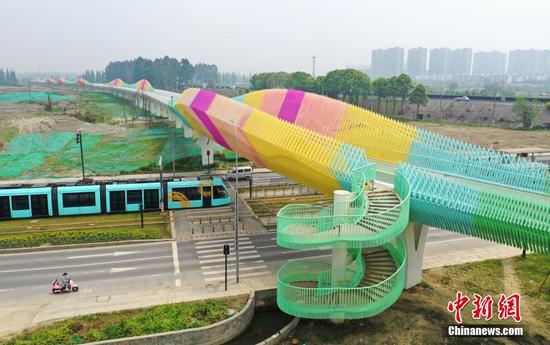
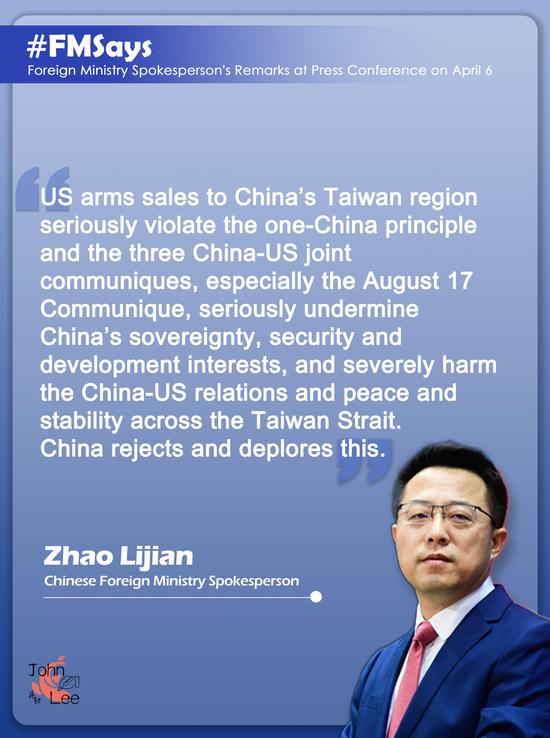
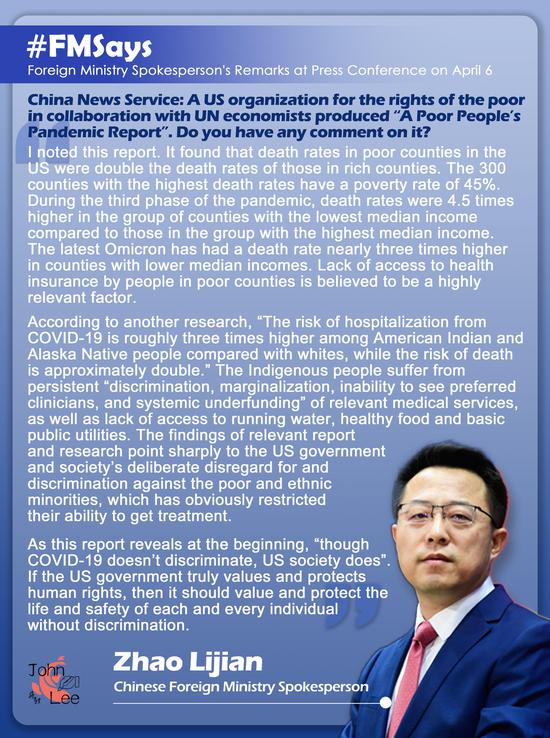





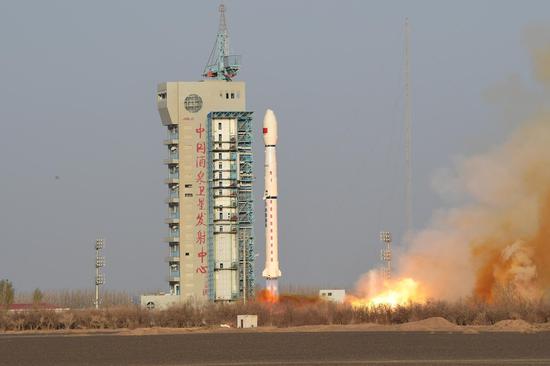


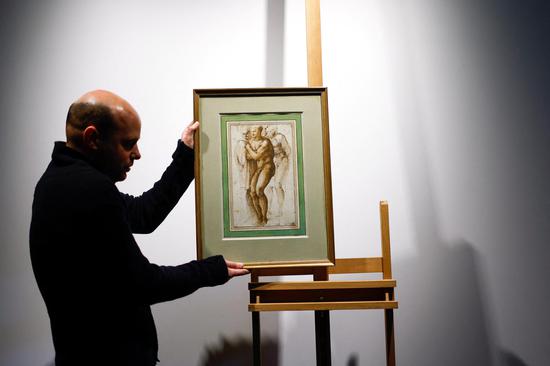

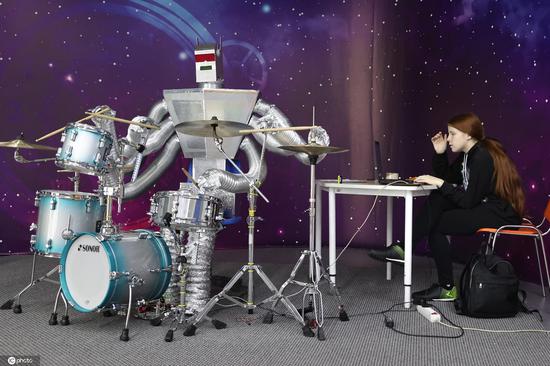
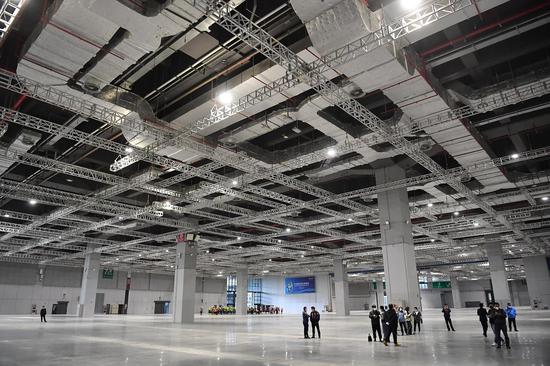







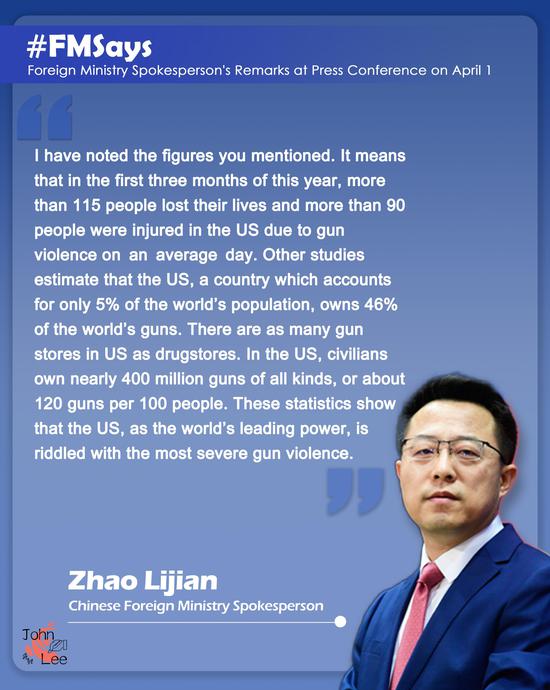
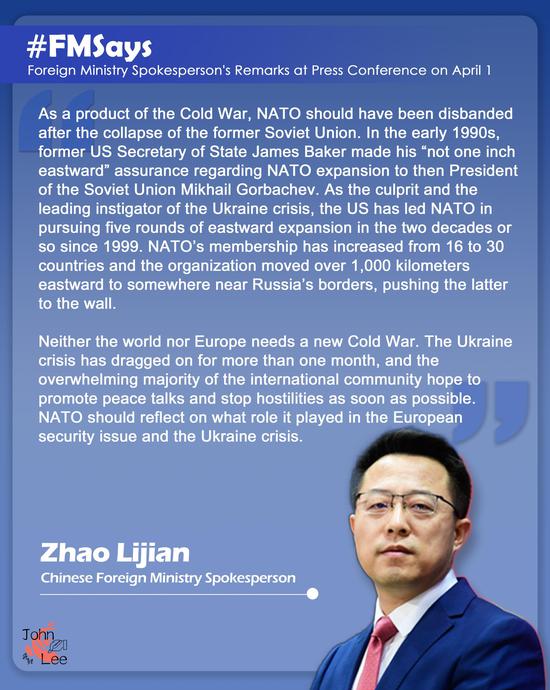

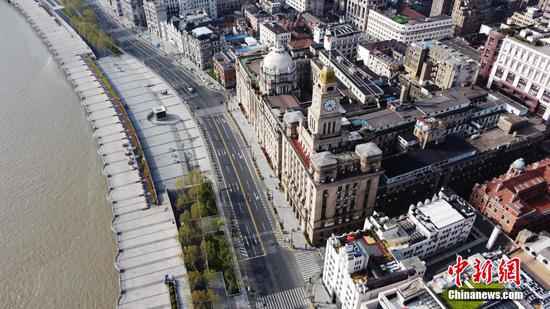

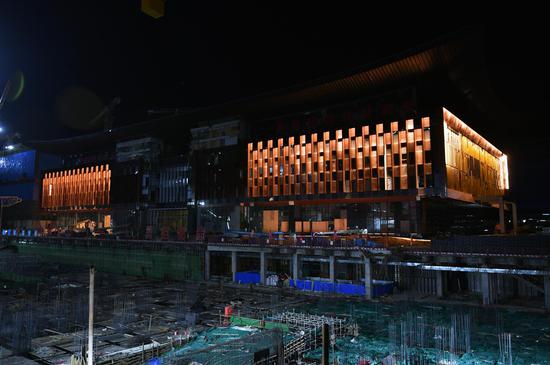
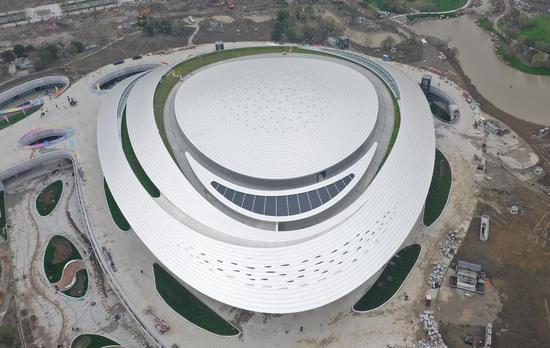
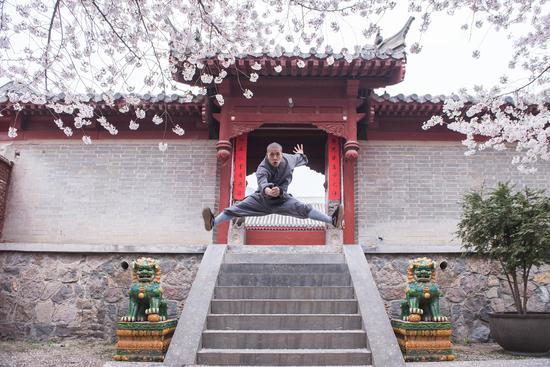





 京公网安备 11010202009201号
京公网安备 11010202009201号